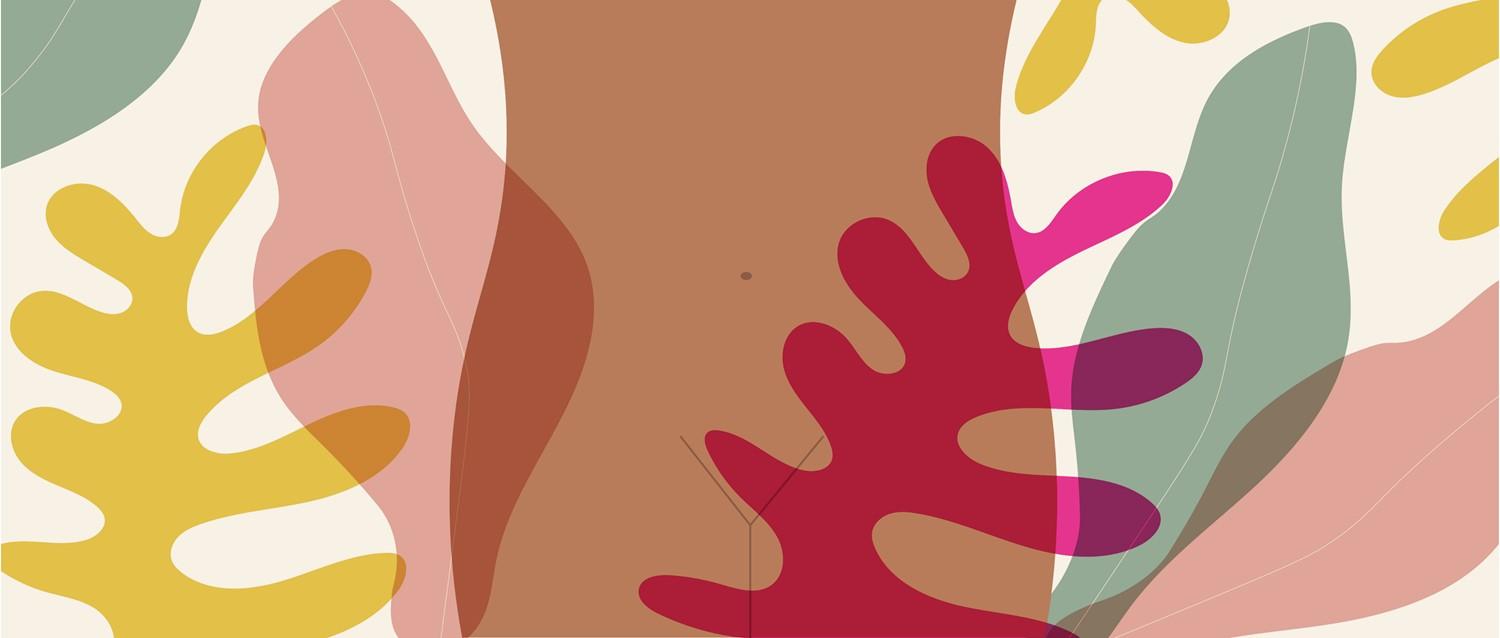
How to treat vaginismus
Peer reviewed by Dr Sarah Jarvis MBE, FRCGPLast updated by Sally TurnerLast updated 9 Oct 2019
Meets Patient’s editorial guidelines
- DownloadDownload
- Share
- Language
- Discussion
Vaginismus is when your vaginal muscles involuntarily tighten when you try to insert something into it. It can make having sex impossible or very painful. We find out what it’s like to live with the condition and how you can treat it to alleviate your symptoms.
In this article:
Continue reading below
What is vaginismus?
The main symptom of vaginismus is your vaginal muscles tightening in anticipation of penetration. If you attempt penetration, it typically causes a stinging pain.
Vaginismus can happen when:
Inserting a tampon.
Having a smear test.
Attempting vaginal penetration during sex, whether with a penis, finger or sex toy.
Something is put near your vagina.
Anxiety or fears around sex are often the cause of vaginismus, so you will likely feel anxious too.
Types of vaginismus
There are two types of vaginismus: primary and secondary.
Primary vaginismus is when you’ve always experienced difficulty with vaginal penetration. This is the type that the media most often focus on.
Secondary vaginismus is when you’ve experienced normal vaginal penetration previously, but vaginismus has since developed. This can be total or partial too, where some penetration is possible, but often with pain.
Vaginismus can also occur intermittently - in certain contexts and circumstances only.
How to treat vaginismus
NHS guidelines for vaginismus treatments focus on the use of vaginal dilators for desensitisation, psychosexual counselling, and relaxation techniques.
Vaginal dilators
These are smooth plastic devices that help to gently stretch the vaginal tissue in people who have pain during sex or penetration. They come in various sizes, allowing you to progress at your own pace.
Helen Forth is a specialist pelvic and women's health physiotherapist with 20 years' experience treating vulval pain issues like vaginismus, and hypertonic pelvic floor muscles. She says: "Always use dilators within your comfort zone and increase your tolerance slowly: the same goes with any myofascial release of the pelvic floor muscles. This is only something you should do when you've had some guidance from a specialist pelvic health physiotherapist."
Psychosexual therapy
This is a type of therapy that aims to address the psychological and physical aspects of vaginismus. It focuses on managing fear and anxiety around vaginal penetration through education and relaxation.
"What you're wanting to do is chalk up positive experiences when something is inserted into the vagina so that the brain stops anticipating that insertion relates to pain," Forth adds.
Medication
Drug treatments for vaginismus are less common but include local anaesthetics and muscle relaxants. Injected Botox is also sometimes used, but remains an experimental treatment.
Continue reading below
How to treat vaginismus at home
Not all treatments for vaginismus require seeing a doctor. There are several things you can try at home to help you relax too.
Pelvic floor exercises
Pelvic floor exercises, (also known as Kegel exercises), strengthen the muscles that support your uterus, bowels, bladder and rectum. They can help retrain and relax the pelvic muscles to allow penetration.
Relaxation techniques
Relaxation techniques such as deep belly breathing, and yoga positions like child’s pose, encourage relaxation and lengthening of the pelvic floor. These techniques allow you to keep calm, leading to pain free and pleasurable penetration.
Forth says, "Using specific breathing techniques and yoga positions are a vital part of treatment too, as they encourage relaxation and lengthening of the pelvic floor. Combining all this with psychosexual counselling (if indicated) will really help."
Where to seek help for vaginismus
If you think you may have vaginismus, visit your doctors or local sexual health clinic to rule out any other cause of your symptoms, such as an underlying infection.
You may be referred to a gynaecologist or vulval pain clinic and can ask to be assessed by a specialist pelvic health physiotherapist. Some vulval pain clinics will offer this service on the NHS, or you can seek a private consultation.
Continue reading below
What causes vaginismus?
Vaginismus can be caused by physical or psychological factors, or a combination of both. These factors include:
A traumatic gynaecological examination (smear test).
A painful sexual experience.
Sexual abuse.
Medical conditions such a thrush.
A belief that sex is shameful and unpleasant.
Though distinct from vaginismus, difficulty achieving vaginal penetration can also be caused by an hypertonic pelvic floor. This is when the vaginal muscles become overactive and tight, causing pain when stretched. Forth explains:
"Vaginismus is the spasm of the muscles at the entrance of the vagina. Often women will describe the sensation of a physical block when they try to insert something. That's different to overactive pelvic floor muscles that may be in a constant, chronic state of increased tension a lot of the time, which does seem to be the case for some women."
Forth often sees patients with secondary vaginismus who have also been diagnosed with vulvodynia and vulval pain syndromes. "There can be more than one thing going on - potentially a wider pelvic dysfunction alongside psychosexual issues and neuropathic pain, so it is important to take a multidisciplinary approach to treatment for the best results."
Sam's story
Sam Evans had secondary vaginismus for many years and still has episodes from time to time. She says the condition was triggered initially by using an intimate lubricant containing additives that contributed to recurrent bouts of bacterial vaginosis, thrush and urinary tract infections.
"Every time we used this lubricant during sex I would get irritation or an infection and that made me start to view sex and my vagina in a negative way," she says. "I still wanted to have sex and I tried to relax, but my vaginal muscles were so tight that penetration was either impossible or really painful. On some level, I was worried about getting another infection and over time those worries had become a body response that I couldn't consciously control."
Evans saw her GP who diagnosed vaginismus and suggested a psychosexual approach to reduce stress. It was only when she removed the initial trigger for the vaginismus that she started to recover, explains Evans.
"It was using a lube that didn't irritate that made the difference because then I stopped getting infections and eventually my body got the message that I didn't have to clamp up and protect myself from sex anymore. Also, realising we could still enjoy ourselves through mutual masturbation took the pressure off having penetrative sex every time."
Patient picks for Women's sexual health

Sexual health
What can cause a smelly vagina after sex?
A healthy vagina is never odour-free. It is completely normal for your vagina to have a natural scent that is individual to you. But there may be reasons why your vagina has a different smell than usual after sex. Here, we consider the reasons why and whether you need to do anything about it.
by Lawrence Higgins

Sexual health
The most likely causes of pain during sex
Whilst it's not a topic many of us discuss, sex can sometimes prove a real pain for some women. In fact, around a third of younger and half of older women have experienced pain during sex, according to the Sexual Advice Association. As well as discomfort, painful sex can lead to problems in relationships, loss of intimacy and even depression. The good news is that many of these problems can be treated effectively by your GP or after a referral to a gynaecologist - so don't suffer in silence!
by Gillian Harvey
Continue reading below
Article history
The information on this page is peer reviewed by qualified clinicians.
9 Oct 2019 | Latest version

Ask, share, connect.
Browse discussions, ask questions, and share experiences across hundreds of health topics.

Feeling unwell?
Assess your symptoms online for free
Sign up to the Patient newsletter
Your weekly dose of clear, trustworthy health advice - written to help you feel informed, confident and in control.
By subscribing you accept our Privacy Policy. You can unsubscribe at any time. We never sell your data.